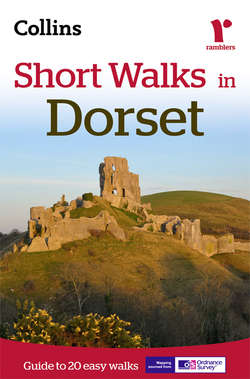Читать книгу Short Walks in Dorset - Collins Maps - Страница 12
Walking tips & guidance Safety
ОглавлениеAs with all other outdoor activities, walking is safe provided a few simple commonsense rules are followed:
• Make sure you are fit enough to complete the walk;
• Always try to let others know where you intend going, especially if you are walking alone;
• Be clothed adequately for the weather and always wear suitable footwear;
• Always allow plenty of time for the walk, especially if it is longer or harder than you have done before;
• Whatever the distance you plan to walk, always allow plenty of daylight hours unless you are absolutely certain of the route;
• If mist or bad weather come on unexpectedly, do not panic but instead try to remember the last certain feature which you have passed (road, farm, wood, etc.). Then work out your route from that point on the map but be sure of your route before continuing;
• Do not dislodge stones on the high edges: there may be climbers or other walkers on the lower crags and slopes;
• Unfortunately, accidents can happen even on the easiest of walks. If this should be the case and you need the help of others, make sure that the injured person is safe in a place where no further injury is likely to occur. For example, the injured person should not be left on a steep hillside or in danger from falling rocks. If you have a mobile phone and there is a signal, call for assistance. If, however, you are unable to contact help by mobile and you cannot leave anyone with the injured person, and even if they are conscious, try to leave a written note explaining their injuries and whatever you have done in the way of first aid treatment. Make sure you know exactly where you left them and then go to find assistance. Make your way to a telephone, dial 999 and ask for the police or mountain rescue. Unless the accident has happened within easy access of a road, it is the responsibility of the police to arrange evacuation. Always give accurate directions on how to find the casualty and, if possible, give an indication of the injuries involved;
• When walking in open country, learn to keep an eye on the immediate foreground while you admire the scenery or plan the route ahead. This may sound difficult but will enhance your walking experience;
• It’s best to walk at a steady pace, always on the flat of the feet as this is less tiring. Try not to walk directly up or downhill. A zigzag route is a more comfortable way of negotiating a slope. Running directly downhill is a major cause of erosion on popular hillsides;
• When walking along a country road, walk on the right, facing the traffic. The exception to this rule is, when approaching a blind bend, the walker should cross over to the left and so have a clear view and also be seen in both directions;
